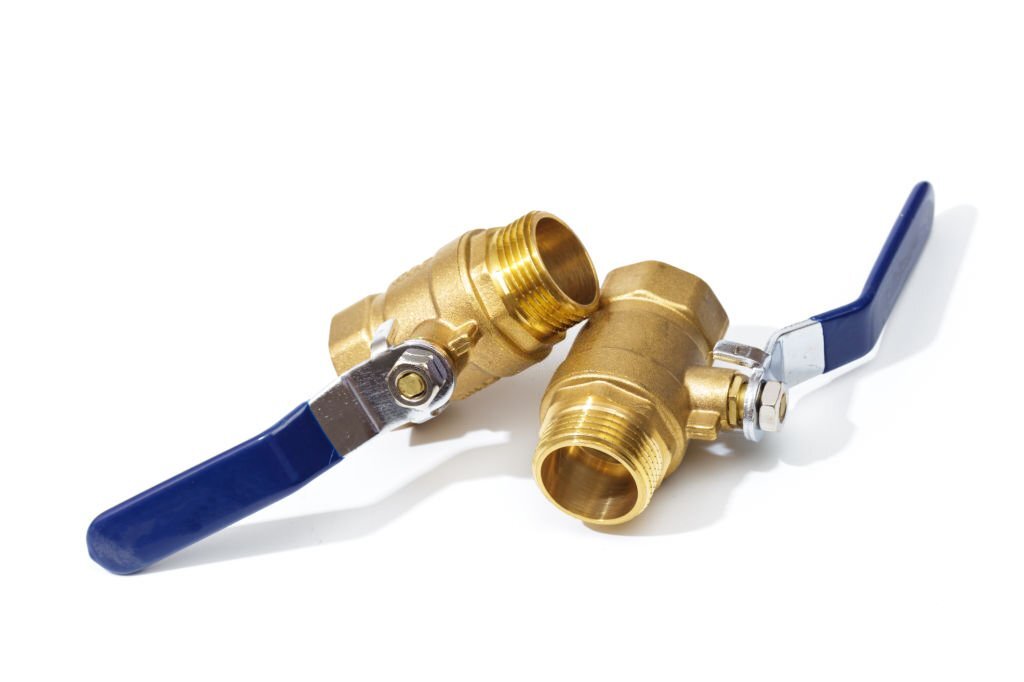A ball valve is a crucial component in many industrial applications, providing a reliable and efficient way to control the flow of fluids. Whether you’re a professional in the field or simply curious about how things work, understanding the inner workings of a ball valve can be both fascinating and beneficial. In this blog post, we will delve into the mechanics and operation of a ball valve, shedding light on its functionality and advantages.

How does a ball valve work?
At its core, a ball valve consists of a hollow sphere, often made of metal or plastic, with a hole through its center. This sphere, known as the ball, is positioned in a passageway or pipe, creating a barrier that can be rotated to control the flow of fluids. The ball valve operates through a simple principle – when the hole in the ball aligns with the pipe, fluid can pass through, but when the ball is rotated to close the hole, the flow is blocked.
Components of a ball valve
To better understand how a ball valve works, let’s break down its key components:
1. Body: The body of the ball valve houses the ball and provides the structure for the valve. It is designed to withstand high pressures and temperatures, ensuring durability and longevity.
2. Ball: The central component of the ball valve, the ball is typically made of metal or plastic and features a hole or bore through its center. It is engineered to be spherical in shape, allowing for smooth and efficient rotation within the valve body.
3. Seat: The sealing mechanism ensures a tight closure when the ball is rotated into the closed position. It is usually made of elastic materials such as PTFE (polytetrafluoroethylene) or other polymers, providing a reliable seal against leakage.
4. Stem: Connected to the ball, the stem enables the ball’s rotation to control the fluid flow. It is typically attached to a handle or actuator, allowing for manual or automated valve operation.
How to operate a ball valve
Now that we have a basic understanding of its components, let’s explore the operation of a ball valve:
1. Open Position: In the open position, the handle or actuator is aligned with the pipe, indicating that the ball valve allows fluid to flow through. The ball is rotated by the stem, positioning the hole in the ball parallel to the direction of the pipe, creating an unobstructed path for the fluid.
2. Closed Position: When the handle or actuator is turned, the ball rotates perpendicular to the pipe, closing off the fluid flow. In this position, the hole in the ball is no longer aligned with the passageway, creating a seal that prevents further flow.
Advantages of ball valves
One of the key advantages of a ball valve is its ability to provide full bore flow, meaning the opening in the ball is the same size as the pipe. This feature minimizes pressure loss and allows for efficient fluid transfer. Ball valves are known for their quick and reliable shut-off capabilities, making them ideal for critical precise control and safety applications.
In conclusion
A ball valve is a fundamental component in various industries, serving as a reliable and efficient means to control fluid flow. Its simple yet robust design, incorporating a rotating ball and sealing mechanism, allows for easy operation and effective shut-off. Understanding how a ball valve works is essential for professionals and enthusiasts alike, whether in plumbing systems, oil refineries, or chemical plants.












